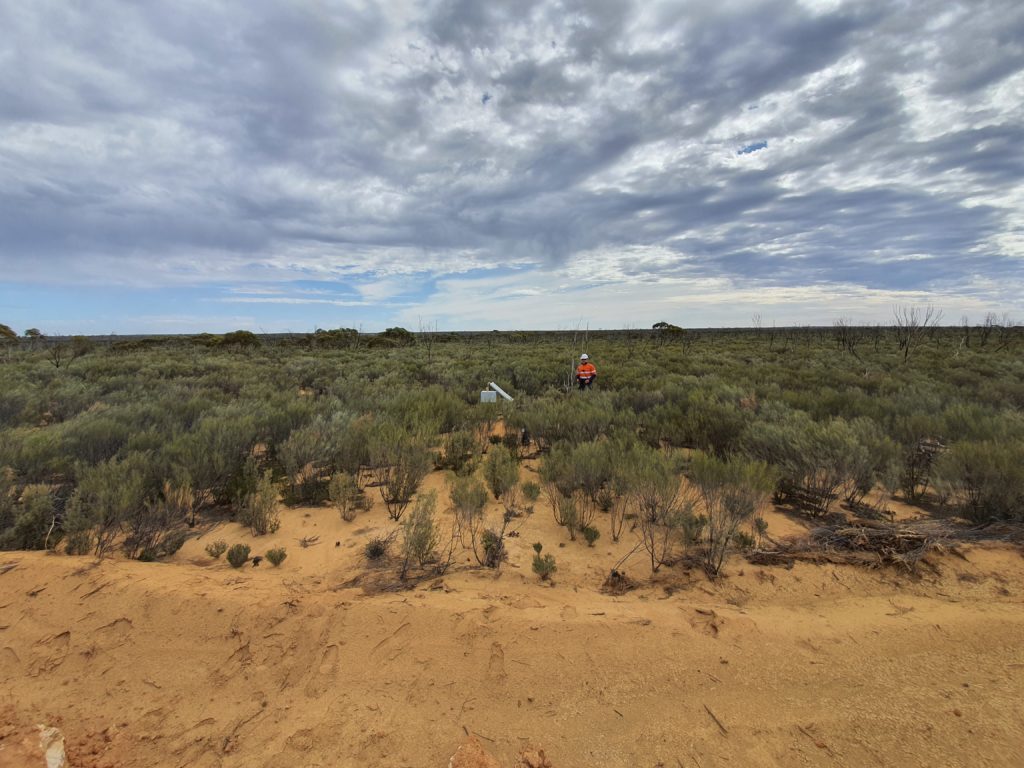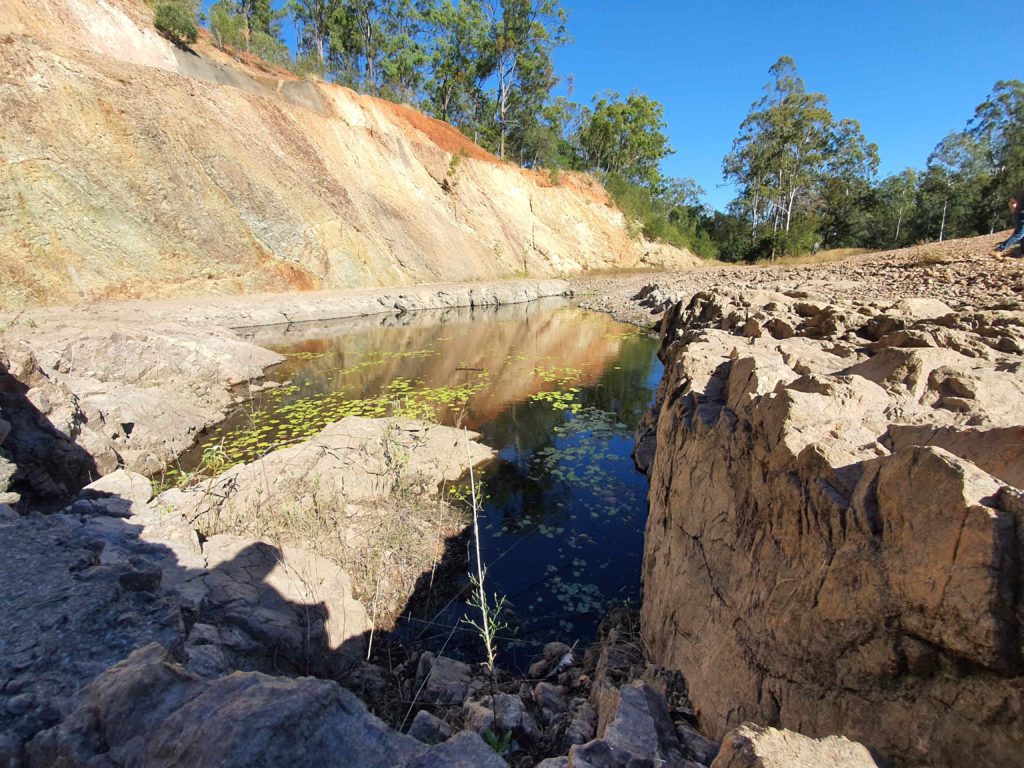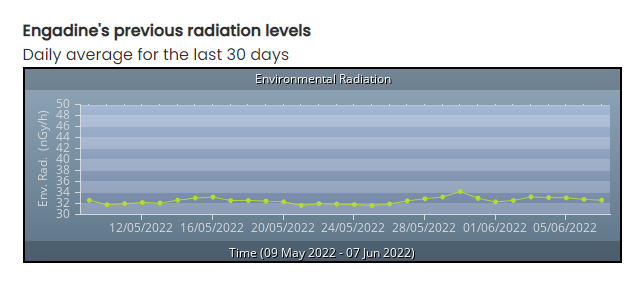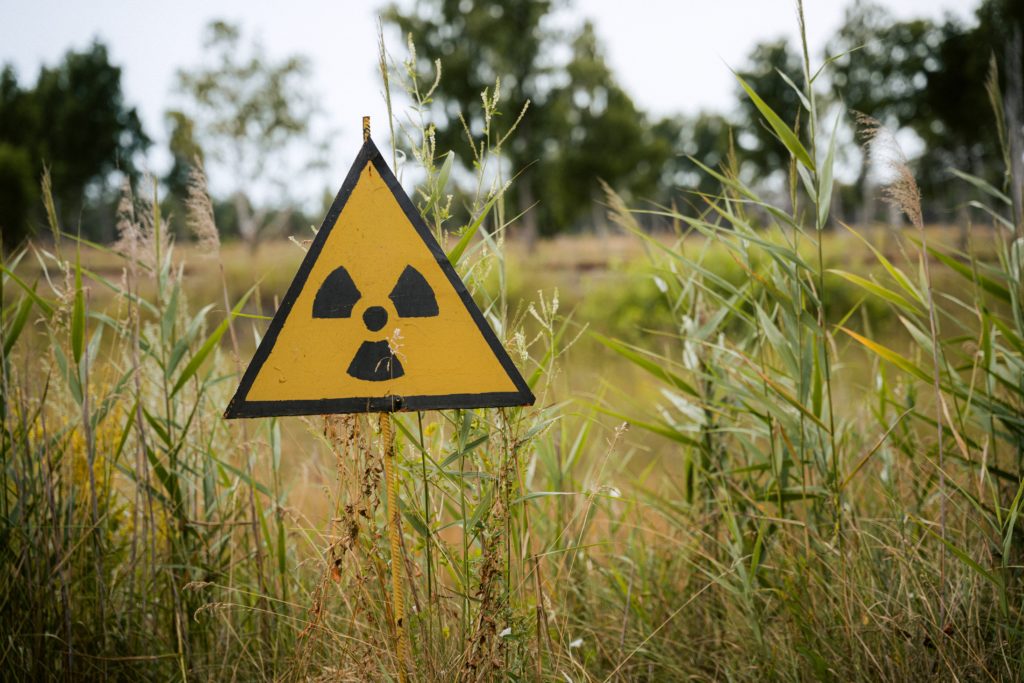There are three types of monitoring to protect the public from unnecessary radiation exposure: source monitoring, environmental monitoring and in some cases, individual monitoring.

Source monitoring, as its name suggests, is measuring radiation levels and radionuclides from a particular radiation source or operation. On the other hand, individual monitoring is measuring directly on people.
After the Fukushima Daiichi incident in 2011, the air and seawater in the area have been consistently monitored by the Japanese government and other agencies to study and mitigate the impact of radiation. This is a sample of environmental monitoring.
Measuring external radiation fields ensures that radiation levels are as low as reasonably achievable (ALARA) in the community, especially in areas where radioactivity from industrial activities makes an impact. Environmental monitoring is also done in compliance with safety standards that vary from country to country, and region to region.
Collecting Data from the Environment
To survey radiation in the environment, data is collected from the air, soil, water and even vegetation. CERN, for example, regularly surveys CERN sites to monitor the organisation’s impact on the local environment. They check alpha/beta counting and gamma spectrometry in aerosols and in water samples.

In Australia, environmental gamma radiation is constantly monitored by ANSTO at the Engadine NSW station. They conduct this to evaluate atmospheric dispersion from the Lucas Heights Science and Technology Centre.

A temporary rise in the graph is usually detected when it rains. Some radionuclides like gas radon can be absorbed by raindrops and build up near the ground. When rain soaks into the ground, radon is released from the air spaces in the soil.
Advantages of Environmental Monitoring
Constant monitoring of radiation in the environment improves quality of life. It involves proper management of potential hazards and radioactive wastes, assurance of quality water supply, as well as protection of various species and natural resources.

It’s also important to efficiently communicate the gathered data from the monitoring—it should be easy to visualise and understand. This keeps citizens aware and assured that they are safe where they’re staying at. The information on hand could also assist emergency workers’ response in the future.
Real-Time Radiation Monitoring
Regular and real-time radiological analyses help protect public health and the environment. It’s for everyone’s safety that there is sufficient data to be compared to safety standards. This will help organisations working with radiation to determine long-term trends and the necessary corrective actions.
Looking for area radiation monitors for your business operations? SensaWeb got you covered. Our solution automatically captures radiation measures continuously, requiring no input from end-users.

If there are any exposures above a determined level, alerts will be sent immediately to the relevant staff member. Unless there is a critical issue we don’t expect there to be any change to processes during procedures. Being able to review the data afterward will provide a greater ability to change or adjust to limit future exposure.
Connect with us here or through our email address: info@sensaweb.com.au. You can also call us at +61 415 409 467.